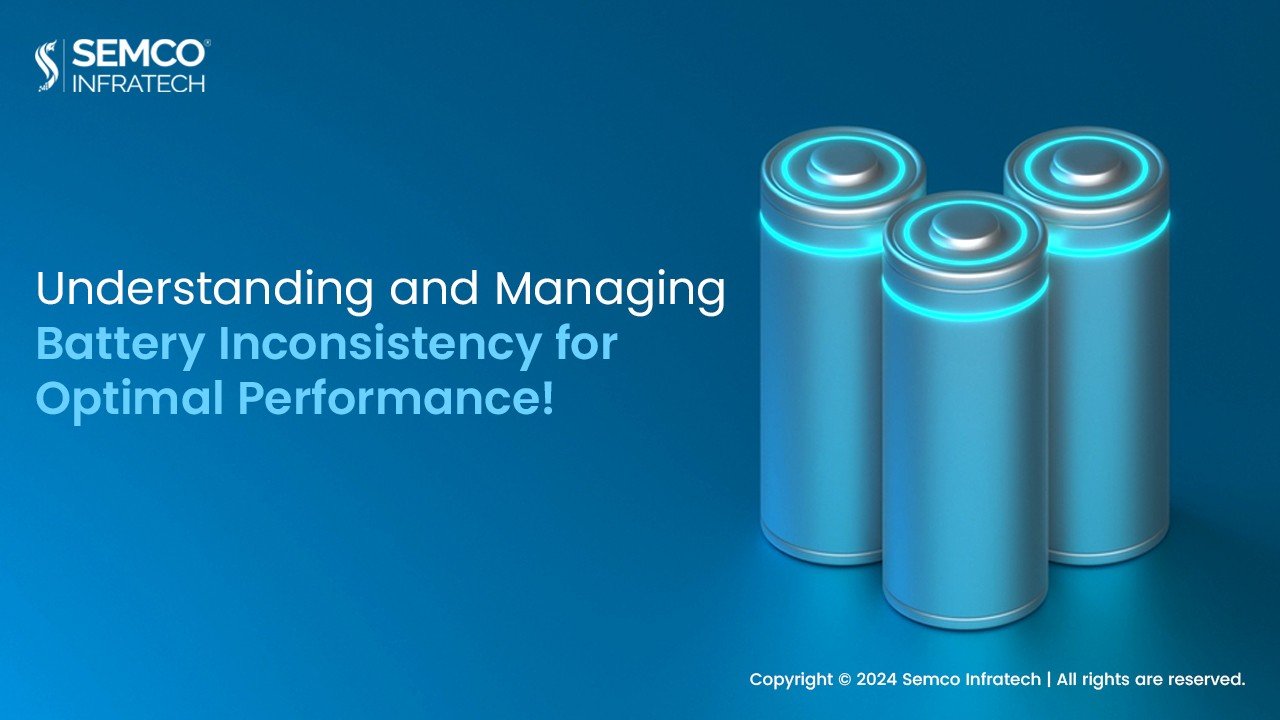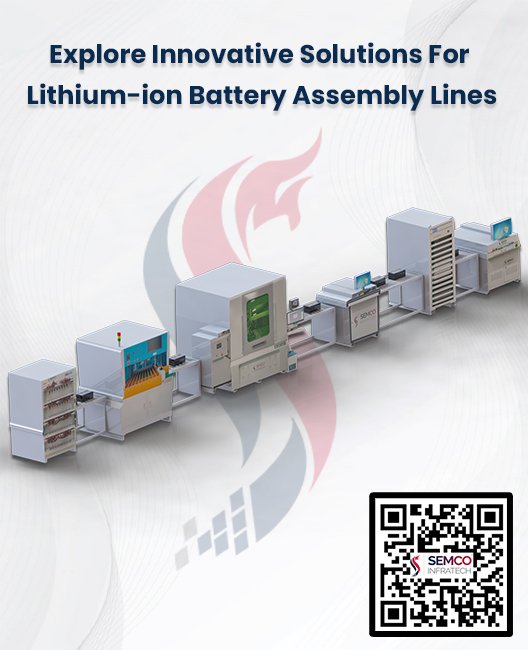The battery pack assembly process involves packing cells to achieve the desired voltage, capacity, and current from small cells. In this process, welding plays a crucial role. Proper welding ensures that the battery cells are joined correctly and helps in creating a conductive connection between cells. Traditionally, welding methods included electricity and gas. However, gas welding poses significant risks due to the flammability of electrolytes and other battery components. Electric methods like arc welding and spot welding were also commonly used.
In modern times, the integration of automation has brought laser welding machines to the forefront due to their numerous advantages. This article explores the benefits of laser welding over traditional spot welding and other methods.
Speed and Flexibility
Laser welding is a remarkably fast technique, capable of welding thin materials at speeds of several meters per minute. The key advantage is the ability to create a ‘keyhole,’ allowing heat input throughout the material’s thickness, making it suitable for high-productivity automated environments. Thicker sections can also benefit as laser keyhole welding completes a joint in a single pass, unlike other techniques requiring multiple passes. Laser welding is typically automated, with beams manipulated using multi-axis robotic systems, resulting in a flexible manufacturing process.
Stronger and Deeper Welds
Laser welding machines are ideal for creating high-aspect-ratio welds, making them suitable for joint configurations like stake welding through lap joints, which are not feasible with many other welding techniques. Parts joined using laser welding can have smaller flanges compared to those made with resistance spot welding.
Reduced Distortion and Heat
The highly concentrated heat source of laser welding produces a small weld volume, transmitting limited heat into the surrounding material. This results in less distortion than many other processes. The low heat input also creates narrow heat-affected zones, minimizing thermal damage and preserving the properties of the parent material near the weld.
Suitability for Materials
Multiple technologies of Laser welding machines in India can weld a wide range of materials, including steels, stainless steels, aluminum, titanium, and nickel alloys, as well as non-metallic materials like plastics and textiles. For lithium-ion battery assembly, copper, nickel, and aluminum welding machines are best. The material thickness that lasers can handle varies greatly, from under a millimeter to around 30 millimeters, depending on the laser fiber welding machine type and power.
Performed Out of Vacuum
Unlike many electron beam keyhole welding operations, laser welding equipment is carried out at atmospheric pressure, though gas shielding is often necessary to prevent oxidation of the welds.
Non-Contact, Single-Sided Process
Laser welding does not apply force to the workpieces being joined and is typically a single-sided process, completing the joint from one side. However, weld root shielding may be required from the opposite side.
Versatility
Lasers offer the ability to create spot or stitch welds just as easily as continuous welds. Beyond welding, laser sources can be used for various materials processing applications, including cutting, surfacing, heat treatment, marking, and rapid prototyping. Beam delivery to the workpieces can be achieved through time-sharing a single beam between multiple welding stations or energy-sharing a single beam to process different areas or the same area from opposite sides of a workpiece. Special optics can also be used for beam shaping or splitting, allowing for the processing of materials with beams of different energy distributions.
Conclusion
Battery manufacturing equipment suppliers are increasingly turning from other technologies to laser for their efficiency and precision in the Lithium-Ion Battery Assembly Equipment sector. With its numerous advantages, laser welding is becoming an essential part of the battery assembly process, offering speed, flexibility, and precision that traditional methods cannot match.






